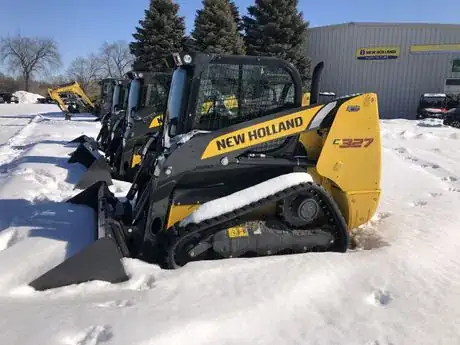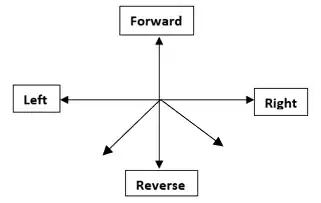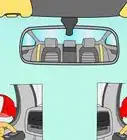X
wikiHow is a “wiki,” similar to Wikipedia, which means that many of our articles are co-written by multiple authors. To create this article, volunteer authors worked to edit and improve it over time.
This article has been viewed 7,301 times.
Learn more...
A skid steer is a vehicle that can be used for various construction or landscaping tools. It's extremely versatile, and operating one can be fairly straightforward once you know how the controls work. You'll likely be trained in how to use the vehicle, and you may need to get a license to operate it; however, the basic operations of the skid steer are often easy to learn.
Steps
-
1Choose the skid steer and tools that best fit the job. Skid steers can be used for various tasks and come in different sizes. You want a skid steer that's the appropriate size, and the needed tools for the control arms, both of which will vary depending on what you're doing.
- If you're lifting pallets, you'll need forks for the arms.
- If you're moving dirt, snow, debris, or other materials, you'll need a bucket.
-
2Read the owner's manual. The owner's manual will usually have instructions on operator safety and how to run the skid steer. It will also contain the code to unlock the vehicle, which is necessary to operate it.Advertisement
-
3Seat yourself safely. Get into the skid steer and sit down in a comfortable position. Grab the safety bar, and pull it down and over yourself.
- Do not worry if the safety bar does not lock into place. They are made to just rest in the downward position; they will not lock like a seatbelt.
- Thoroughly check your surroundings before you operate the skid steer. Look in front of you, behind you, and to the sides.
-
4Turn on the skid steer. Turn the key to the right. When it reaches the start position and the code panel lights up, enter the correct code supplied by the operator’s manual. Once this is complete, turn the key fully and start up the skid loader.
- The key turn is universal for all skid steers, but the code is not.
- Be sure that the idle speed is not turned too high before starting.
- Always be sure of the code you are entering so you are not locked out of the skid loader.
-
5Grab a firm hold of the joysticks. Using the joysticks will allow the operator to control the skid loader. There are two patterns for the joysticks: the ISO pattern and the H pattern.
- In the ISO pattern, the left joystick controls the vehicle's movement, and the right joystick controls the arms and attachments.
- In the H pattern, which is meant for a seasoned operator, the joysticks work together to control the skid steer's movement. They are not independent of each other like the ISO pattern.
-
6Turn the idle speed up. This can be done via a foot pedal or set to a fixed RPM using a small lever, which is usually located on the right-hand side of the skid steer.
- Set the RPM to the highest setting to achieve maximum power from the skid steer.
-
7Lift the bucket or forks at least 12" off the ground. In the ISO pattern, grab the right joystick and pull it back in a southwest direction; this will lift the control arms while simultaneously tilting the bucket or forks upward. This will prevent the bucket or forks from slamming into the ground once the skid steer is set in motion.
-
8Push the left joystick to move in the desired direction. Push the joystick north (straight ahead) to go straight forward. Pushing west (left) will turn the skid steer left, and pushing east (right) will turn the skid steer right.
- To go in reverse, pull the left joystick backwards (south) to reverse. Pulling straight back will reverse in a straight line. Pulling back and to the left (southwest) will reverse while turning left, and pulling back and to the right (southeast) will reverse while turning right.
-
9Use the skid steer for the desired task. If you are lifting pallets, make sure there are forks attached to the control arms. If you are moving aggregates/other materials, make sure there is a bucket attached to the control arms. Some applicable jobs may be:
- Snow and debris removal
- Material handling
- Demolition
- Excavating, digging and trenching
- Mowing
- Landscaping
Advertisement
About This Article
Advertisement

































































